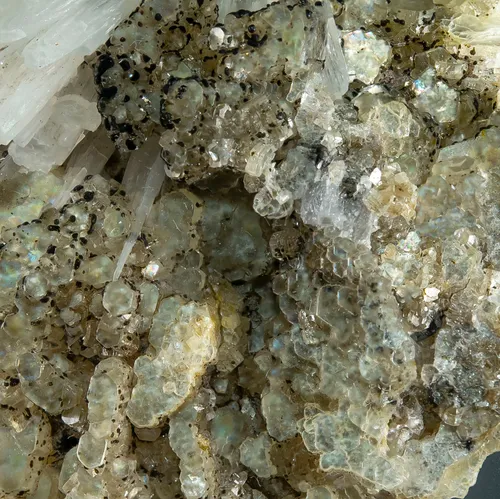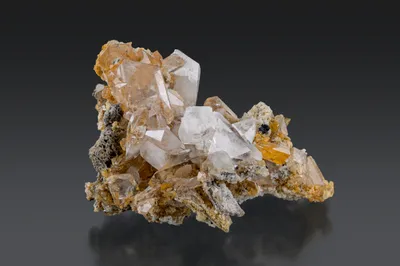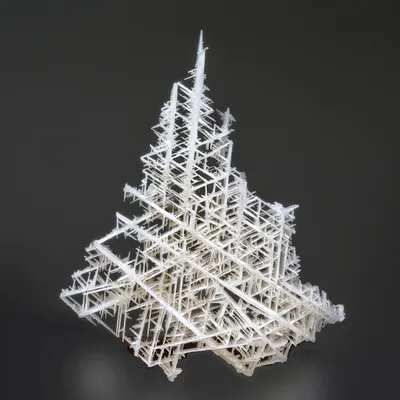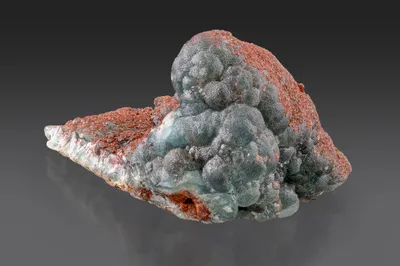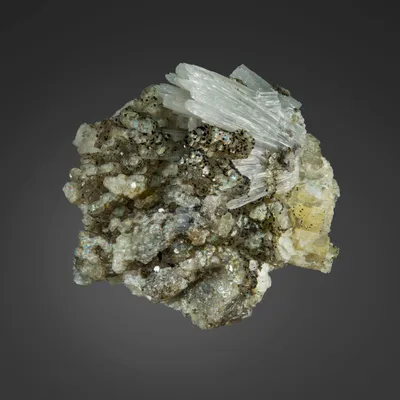
Image Credit: Malcolm Southwood
Mineral Species
plumbotsumite
Type Locality
Yes
Composition
Pb5Si4O8(OH)10
Crystal System
Orthorhombic
Status at Tsumeb
Confirmed
Abundance
Extremely rare
Distribution
Second oxidation zone
Paragenesis
Supergene
Entry Number
Species; TSNB284
Type Mineralogy
The discovery of plumbotsumite is credited to German collector and mineralogist Wolfgang Bartelke, who noticed colourless, platy, sub-mm crystals of an unidentified mineral associated with alamosite and melanotekite. Further investigation by Keller and Dunn (1982b) showed it to be a new lead silicate, IMA 1979-049, which was named in allusion to its composition and type locality. Type material is conserved at the Smithsonian Institution, Washington D.C. (catalogue number 148301) and at the Institut für Mineralogie und Kristallchemie, Universität Stuttgart, Germany (catalogue number NM 10).
General Notes
The exact location at Tsumeb from which the plumbotsumite type specimen was recovered is not recorded, but the paragenesis indicates that it is certainly from the second oxidation zone. A fine example of alamosite is figured by Keller (1984) with the specimen attributed to 28 Level suggesting, perhaps, that the lead silicate paragenesis (including plumbotsumite) is from the upper part of the second oxidation zone.
On the type specimen plumbotsumite occurs in small vugs, commonly on the terminations of alamosite crystals, as colourless aggregates of cleaved grains, or as tabular pseudo-hexagonal crystals to 0.5mm (Keller and Dunn 1982b; Keller and Bartelke 1982).
A very small number of specimens are known in which plumbotsumite forms much larger tabular colourless to off-white or pale yellow crystals, again in association with alamosite and melanotekite. One such specimen in the Pinch Collection features crystals to 12 mm across and is now in the collections at Harvard University (MGMH 2020.7.715).
Keller and Bartelke (1982; page 146) place plumbotsumite in an extended version of Keller’s (1977) "R/1" paragenesis, which shows plumbotsumite as one of three lead silicate minerals forming as alteration products of alamosite (the others are kegelite and melanotekite).
Keller (1984) points out that plumbotsumite can be confused with leadhillite.
